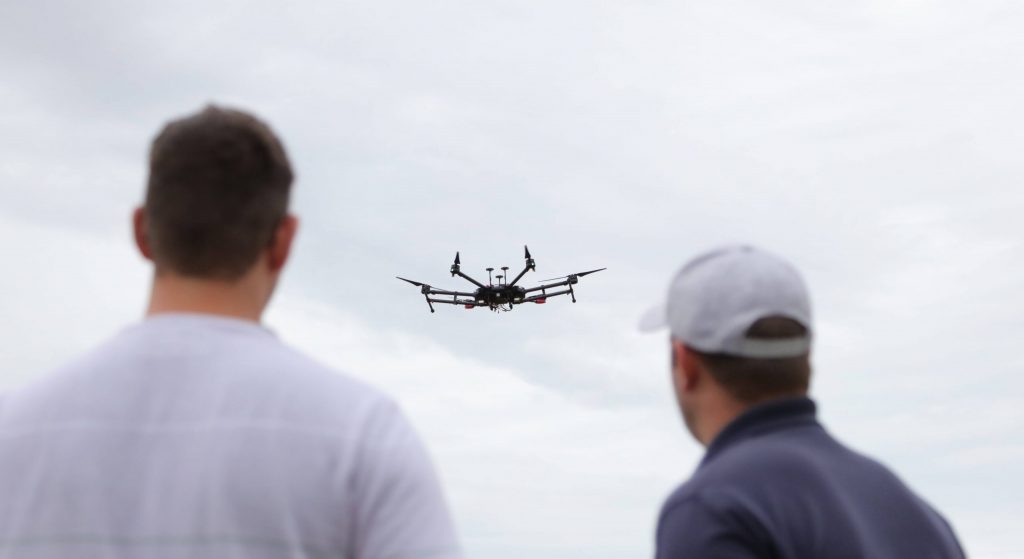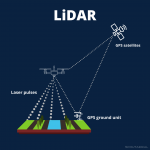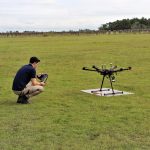What is CASA’s MOS and why does it matter?

MOS = Manual of Standards
Civil Aviation Safety Regulations 1998 (CASR) provides regulatory controls over all civil aviation safety. MOSs contain detailed technical material and requirements that complement the requirements set out in the CASR.
A Manual of Standards (MOS) is a legislative instrument – it is a set of standards that must be followed like the law. Part 101 consolidates the rules governing all unmanned aeronautical activities into one body of legislation. Here it is: Part 101 (Unmanned Aircraft and Rockets) Manual of Standards 2019.
How does MOS affect drone operators?
Part 101 Manual of Standards (MOS) 2019 for Unmanned Aircraft and Rockets provides guidance on the regulations concerning the operation of drones, forcing a level of consistency between operators and training organisations to ensure ‘safer skies for all’.
To allow operators to prepare for the transition to this set of standards, most rules came into effect on 10 April 2020, except for the RePL training and some recordkeeping requirements which were pushed back to 10 October 2020.
What key changes come into effect 10 October 2020?
RECORD-KEEPING
More detailed records are required to be kept, and for a minimum period of seven years. Electronic records are allowed but only if they are unalterable after the record is made. Here is a summary of the record-keeping requirements:
(a) Chief Remote Pilot Records
- Records which demonstrate the CRP is regularly and consistently performing their duties such as
- Record of qualifications held by RPs
- Monitoring proficiency of RPs
- Maintaining up to date reference library of operational documents
- RPAS Operational Record– RPAS Operational Release and RPAS Operational Log (including JSA and Risk Assessment if applicable) for each operation:
RPAS Operational Release – before commencing any RPA operation, the following info must be recorded and provided to the Remote Pilot, and approved by both RP and CRP:
- Nature and purpose of operation
- RPA, including the type, model, and unique identification mark;
- the remote pilot station for the operation;
- the dates and times of the operation;
- description or coordinates of launch and recovery sites
- the proposed and maximum height (AGL) permitted for the operation
- Full name and ARN of Remote Pilot in command
- Full names and descriptions of other assigned duties
- Whether the operation will be VLOS, EVLOS, BVLOS
- Inclusion of any instruments of approvals or instructions from CASA regarding the operation
- Certification by the Maintenance Controller or approved delegate that the RPA is serviceable for the operation
RPAS Operational Log – immediately following an RPA operation, the RP must record:
- Nature and purpose of operation
- RPA, including the type, model, and unique identification mark;
- the remote pilot station for the operation;
- the dates and times of the operation;
- description or coordinates of launch and recovery sites
- Full name and ARN of Remote Pilot in command
- Full names and descriptions of other assigned duties
- If VLOS, EVLOS 1, EVLOS 2, or BVLOS during operation
- If BVLOS – the route flown including turning points locations
- details of flight segments and the heights (AGL) flown for each
- whether the RPA was serviceable after the final flight, nature of any unserviceabilities
- appropriate references to the operational release
(b) RePL Training Course Records
- Students full names
- Dates course was delivered
- Units covered
- Outcomes for each student
- CRP’s certification that the course complied with MOS requirements
(c) Remote Pilot Log – each RP must keep a log to record accumulated flight time operating RPA and must contain:
- Type, model and unique identification of RPA for each operation flown
- Date, location and duration of each flight
- Separate flight times for operations at night, VLOS, EVLOS, BVLOS, simulated
(d) RPAS Technical Log – records in relation to the maintenance of the RPAS must be kept by the Maintenance Controller or approved delegate:
- Type, model and unique identification mark of each RPA
- Max and min gross weight for operations
- Total flight time RPA has been operated
- Maintenance Schedule (for RPAs with gross weight more than 2kg)
- Maintenance carried out (for RPAs with gross weight more than 2kg)
- Date or operational time for next maintenance action
- Results of rectification of defective equipment essential to the safety of the operation (for RPAs with gross weight more than 2kg)
- If fail-safe equipment fitted is unserviceable
- Certification by MC or approved delegate that all maintenance required to be serviceable has been completed
(e) Records of Qualification and Competency – records must be kept and provided to individuals who obtain a qualification or competency to perform duties other than a Remote Pilot in relation to the safe operation of an RPA (e.g. observer).
2. REPL TRAINING COURSES
The stricter training requirements for RePL Training Courses will ensure a better quality and consistency of programs between course providers, leading to better-trained RPAS operators in the field. Here is a summary of these changes:
(a) RePL Course Syllabus
- Introduction of mandated knowledge units required to be taught
(b) RePL theory examination
- Closed-book examination
- Pass mark increased to 85%
- A student can attempt the examination 3 times before the Theory component has to be repeated
(c) Ratio of Instructors to Students restricted
- For the Theory component, 1 instructor to 10 students
- For the Practical component, 1 instructor to 5 students (maximum 3 students flying at one time)
(d) Minimum contact time between instructors and students
- For the core Theory component, 15 hours
- For each additional category being taught, 4 hours
(e) Upgrading RePL
- If upgrading to increased weight in same category held (e.g. MR <7kg to <25kg):
- no theory units are required (so long as their RePL was issued within last 3 years or they can prove operational experience in last 5 years)
- If upgrading to a different category of RPA of the same weight (e.g. MR < 7kg to FW <7kg):
- only 4 hours of additional theory units required for the relevant category of RPA (so long as their RePL was issued within last 3 years or they can prove operational experience in last 5 years)
(f) Stricter Instructor qualifications
- Instructors must have either Cert IV in Training, formal teacher qualifications or a pilot instructor rating or successful completion of a training program approved by CASA
- Instructors must have minimum 20 hours operational experience (excluding training) in the category of RPA that is being taught
In summary, these changes set higher standards for operators and training providers which inevitably leads to safer RPAS operations.
If you are an operator or training provider, be sure to review your operational policies and procedures to ensure that they are compliant with MOS requirements before 10 October 2020.
If you are thinking about getting your RePL, doing the course before 10 October 2020 will be beneficial as the new rules mean more training material, a closed-book exam with a higher pass mark and a higher priced course. Learn more about our courses or contact us today to talk to an instructor about getting your RePL.
Disclaimer: Every effort is made to provide information that is accurate, however all information in this article is subject to our own interpretation of the material, and we take no responsibility for matters arising from changed circumstances or material which may affect the accuracy or currency of the information. Always consult CASA for clarification or confirmation.
Related Articles: Aerial Surveys by drone, Strengths & Limitations of Photogrammetry, RTK and PPK Drone Surveys, LiDAR or Photogrammetry







